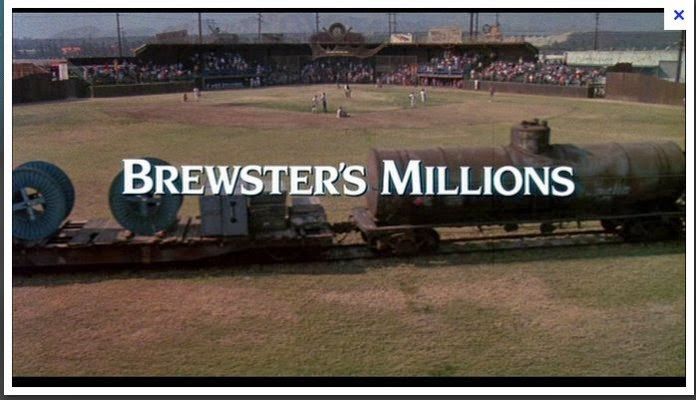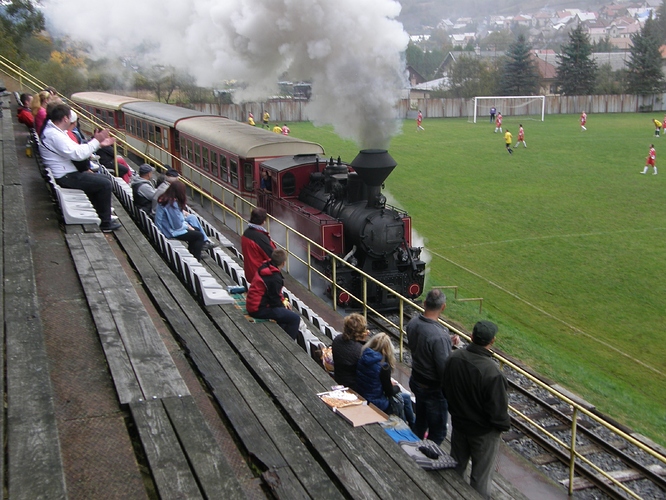Yes, early studies for the SEHSR (starting as early as 1995) did identify this as a problem and did suggest closing this crossing. They actually wanted the platforms for the Raleigh station to be built west of Boylan Avenue, since this would allow trains from both Selma and Wake Forest to serve a set of parallel platforms.
The specific plan, as I recall, was to move NS’s freight trains onto the main leg of the wye and build a crossover and move some other stuff around so they could move onto the branch from there. Honestly this wouldn’t have benefited Norfolk Southern in any way: trains would have to move just as slowly (10mph) through the sharper curve of the Wye and through the crossovers and turnouts required to reach the branch. It’s no wonder they turned it down.
So at the time, the planners gave up, eventually settling on the track configuration with widely separated platforms that we are familiar with today.
But things have changed since then, however. From the public perspective, there’s Dix Park now, where the railroad slices it in two, creating a clear public benefit for removing the railroad and joining the two halves of the park together. There’s Union Station and all the new development happening on the west side of downtown now, increasing the value of the real estate that would be liberated by moving NS out of there. Commuter Rail using the freight tracks is now a thing too, with an increased urgency due to the transit sales tax. This will involve crossing the Diamond, whereas back then it was thought that any local trains would be DMUs using a completely separate, dedicated set of tracks and a trench or bridge through the Wye area to completely avoid interacting with freight trains.
From the railroad’s perspective, Norfolk Southern has moved their focus more heavily towards mainline operations and away from branches. In the interim, they have already leasing the part of this same line north of Glenwood Yard to a shortline operator. With the right offer, they probably would agree to sell this short segment of the line south of downtown, especially if a bypass were built. While it’s not NS, CSX has the following statement in their official policy on passenger rail, and I expect that NS would be no different in this matter:
CSX will consider publicly funded relocations of freight operations if they preserve CSX’s customer service, competitive position, and access to current and future freight customers.
Furthermore, I think that my plan, though more expensive to implement, is probably better than both the current situation and the original plan from a RR operations perspective as well. Trains accessing the branch would have to travel about 1 extra mile (3.5mi instead of 2.5mi) to get to Carolina Pines Avenue, but they’d actually be able to get there faster from a time perspective, since they could access the branch through a crossover and turnout while operating at speed, which would probably be about 35mph (the approximate speed trains can travel around a 5 degree curve), compared with the 10mph speed limit for crossing the diamond today. Not to mention the trains going to this branch would be crossing the mainline east of downtown Raleigh, which is significantly less busy from both a freight and passenger perspective than the tracks to the west that they have to cross today.
The biggest downside from NS’s perspective is that they would be moving off of a line that they own outright, onto one that they operate by lease agreement (NCRR), but I reiterate that for the right price that would probably be OK with them.


